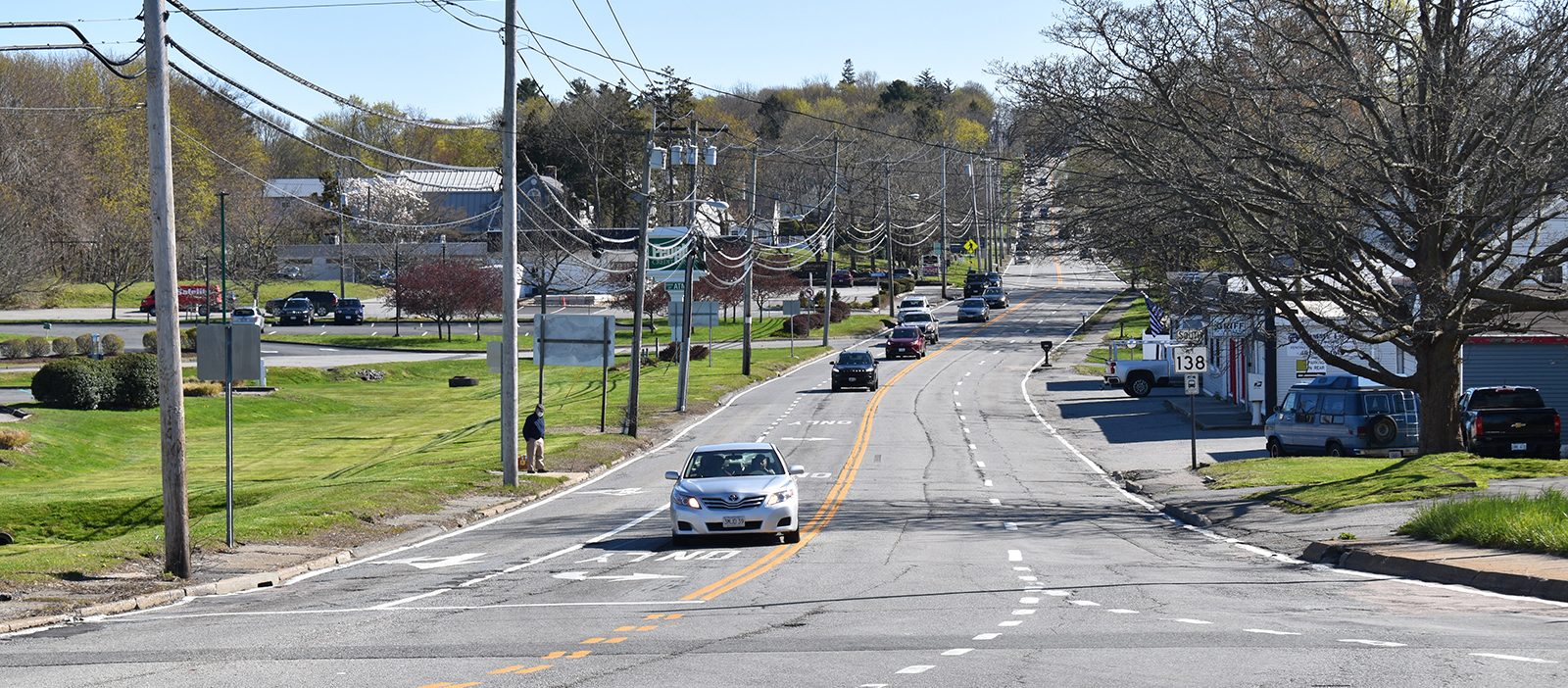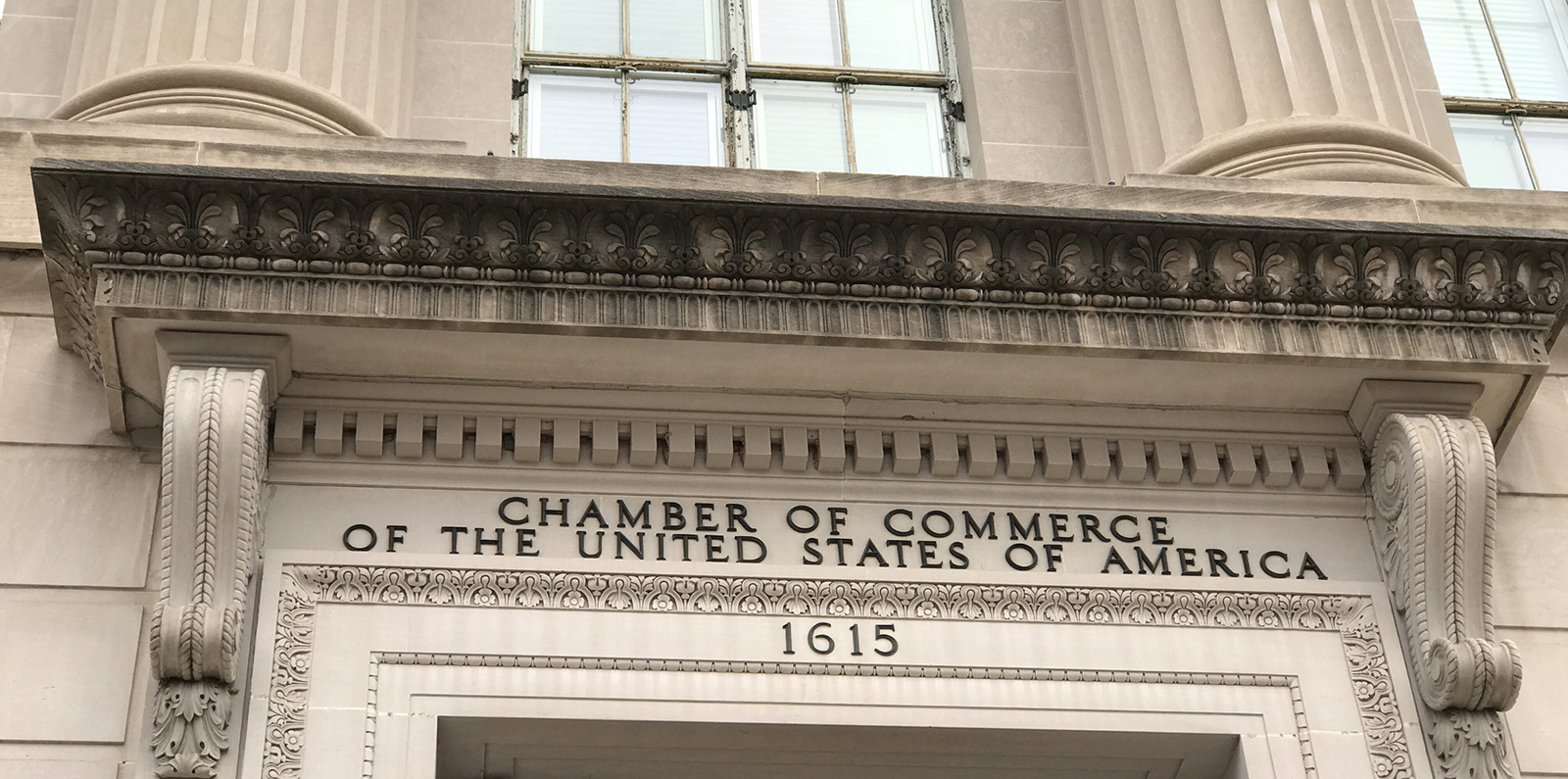Affordable Housing Flatlining in Portsmouth
Time to appreciate the importance — economically, environmentally, socially, and morally — of housing people
August 10, 2023
PORTSMOUTH, R.I. — A social media post late last month from Gov. Dan McKee listing which Rhode Island municipalities are currently building affordable housing didn’t include the town my wife and I moved to six years ago. If it had, I would have assumed the governor got it wrong.
The July 24 post, on the platform that once featured a blue bird, listed 19 cities and towns, including two of Aquidneck Island’s three communities. Portsmouth was missing. I’m not surprised. History and current development show Aquidneck Island’s northern municipality doesn’t make affordable housing a priority.
Since 2012, the percentage of affordable housing in Portsmouth has hovered around 2.8%, sometimes a slight tick above or below that low bar. My coastal community seems content remaining 7 percentage points below what Rhode Island law requires.
In June, the median listing home price in Portsmouth was $919,000, trending up 20.9% year-over-year, according to realtorcom. The median listing home price per square foot was $399. The median home sold price was $687,500. Statewide, Rhode Island home prices in June were up 6.3% compared to last year, selling for a median price of $469,400.
The fact the cost of a Portsmouth home is $218,100 more and the town’s allotment of affordable housing below 3% stands up to the eye test. All I see is new homes being built in gated communities and signs advertising luxury homes for sale. Their construction is gobbling up space and resources, driving up the cost of housing and materials to build second and third homes that are empty for much of the year.
Not content with gobbling space and resources for their summer retreats, the latest Richie Rich trend is building homes for … cars. Developers are building, such as Newport Car Vaults in Middletown, “luxury motorsport lifestyle garage condominiums” so collectors have a climate-controlled space to show off their exotic cars. Each car condo in this new Aquidneck Island facility features a mezzanine and a half-bath and has connections for internet, phone service, and cable TV.
“Yes. Condominiums for automobiles. Not to be mistaken for storage units or warehouses, these are specially built properties with individual units — often costing hundreds of thousands of dollars — to keep your cars,” according to Luxe Dream Garage. “Many are equipped with loft areas and bathrooms, designed to host parties or just hang out with your cars all day.”
This Florida-based fancy parking lot, likely speaking for the rest of these obnoxious facilities, makes it crystal clear these condos aren’t for the jalopy-driving masses. “What they all have in common is they are a place where car collectors can take their vehicles and at the same time find a community of the like-minded. What you aren’t likely to find is a Toyota Camry, unless you tumble into the employee parking lot.”
The Rhode Island Comprehensive Housing Production and Rehabilitation Act and the Rhode Island Low and Moderate Income Housing Act require that 10% of a municipality’s housing stock be affordable. Ten of the state’s 39 municipalities — Central Falls, Cranston, East Providence, Newport, North Providence, Pawtucket, Providence, Warwick, West Warwick, and Woonsocket — are exempt because of their percentage of rental housing and/or current affordable housing inventory.
Low- and moderate-income housing, according to state law, is based on area median income and adjusted for household size. Currently, only three non-exempt municipalities meet the state’s requirement: Burrillville, Newport, and New Shoreham. (Central Falls, Providence, and Woonsocket also meet the requirement.)
Housing is considered affordable if a household pays no more than 30% of its annual gross income on housing-related costs: rent or mortgage, insurance, taxes, and utilities. Households are considered “cost-burdened” if they pay more than 30% and “severely cost-burdened” if they pay more than 50% of their income on housing.
The numbers reveal Rhode Island is trending in the wrong direction when it comes to addressing housing affordability, according to a 2016 report by HousingWorks RI at Roger Williams University. For instance, the number of cost-burdened renters and owners in the state increased by 44% from 2000 to 2012, even as the number of households in the state did not significantly change. The number of severely cost-burdened households increased 59% during that time.
Last year the National Low Income Housing Coalition released its annual The Gap report, which noted 57% of Rhode Island’s lowest-income renters are severely cost-burdened. It doesn’t need to be this way.

During the past decade, colleague Colleen Cronin reported in January, a few Rhode Island municipalities have made slow progress toward the state’s 10% mandate, while some have stalled and many others have fallen behind.
Developers are in the business to make money, and building for the high end of the housing market does that. But the actual issues surrounding what gets built, when, and for whom are complex.
One of the main obstacles is towns, especially rural ones, limiting what can be built where, zoning and other land-use regulations restricting the number and size of new homes. High-density development and multifamily homes are routinely prohibited.
Cities often have parking minimums for residential development. These requirements result in the unnecessary construction of wasteful amounts of paved space, which can add significantly to the cost of a project and limit the number of units that can be built.
Jennifer Hawkins, executive director of Providence-based ONE Neighborhood Builders, told ecoRI News last year that making homelessness a brief and non-recurring experience in Rhode Island can be done, but it would require many state leaders and advocates to rethink their approach. It would also require financial commitments that go beyond a year or two.
She noted the state already has adequate infrastructure to provide emergency shelter. What Rhode Island lacks, she said, is an adequate inventory of affordable housing and rental vouchers to help low-income individuals and families cover rent. She said Rhode Island needs to invest in creating affordable housing to solve the problem.
“I think it’s important to recognize that we have underfunded the production of affordable housing for decades,” Hawkins said. “That’s why we’re in this supply gap that we’re in.”
She called out those restrictive zoning rules that don’t allow for density. She said the state lacks incentives to help municipalities create more affordable housing.
Perhaps the state’s elected officials are beginning to acknowledge the importance — economically, environmentally, socially, and morally — of housing people.
This past General Assembly session, after a decades-long lack of action to address the state’s affordable housing crisis, lawmakers, according to many who best understand the problem, made significant progress. A series of housing bills were recently signed into law by McKee, designed to increase the development of and access to affordable housing. The bills included requirements for higher density housing developments, the conversion of commercial buildings into residences, and the banning of rental application fees.
Passing bills is the easier part. Let’s hope there is the needed follow-through, funding, and support actually required to address this growing and unjust problem.
Frank Carini can be reached at [email protected]. His opinions don’t reflect those of ecoRI News.




My husband and I live in Portsmouth on Willow Lane. No, not at the bottom where the multi million dollar houses and the high-rise multi- million dollar condos are but at the top. Over this past year, four new houses were built at the top of Willow Lane and West Main Road on a lot that previously held one. Four big house on top of each other. Not one of these houses will sell for less than a million dollars.
Thank you for covering this important topic.
Yes, let’s build million dollar Ticky tacky houses that are built so poorly they won’t last long. Interestingly at first sight I thought they were newly built affordable housing. Most of the affordable housing I’ve seen built doesn’t seem to employ thoughtful design and a concept of longevity. Maybe the state needs to do a cost analysis. How much does it cost the taxpayers to have unhoused populations and how much would it cost the taxpayers to provide affordable housing. Of course everyone deserves to have a roof over their heads and when that’s accomplished then people can start building condos for their cars.
underlying this problem of opposition to needed density is the rational self-interest of people who own homes, even in places such as Providence. There is little doubt that those people don’t need “affordable” housing, they already own a home, and benefit from the housing shortage because it drives up the value of their property, while allowing more density near them would diminish their property values and possibly quality of life. There are lot of such people, and they vote! I’ll add the legislature made it worse by reducing the property tax only on cars (in fact, eliminating it!) and not at all on property people actually live in, hence we get those luxury car condos!